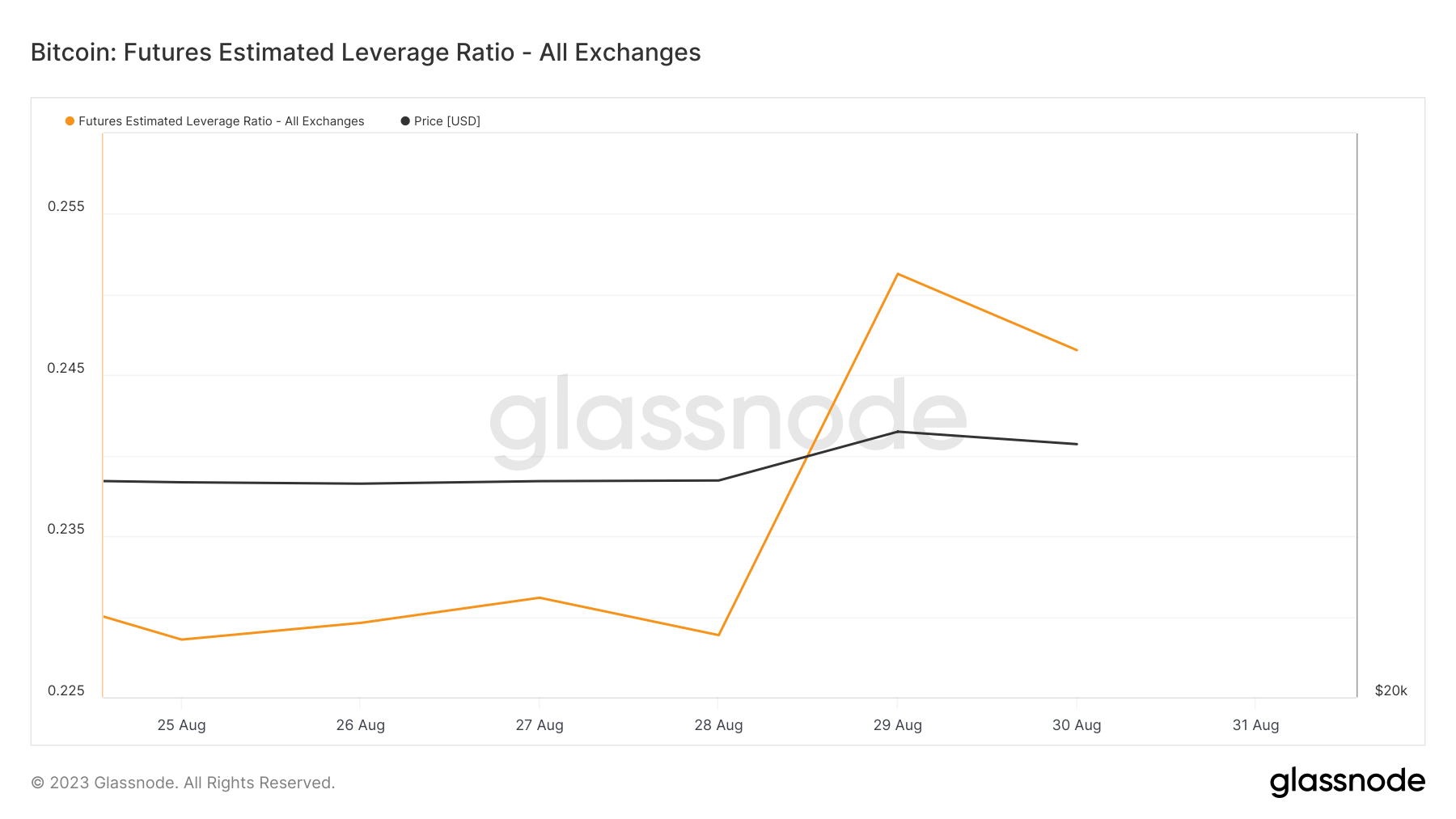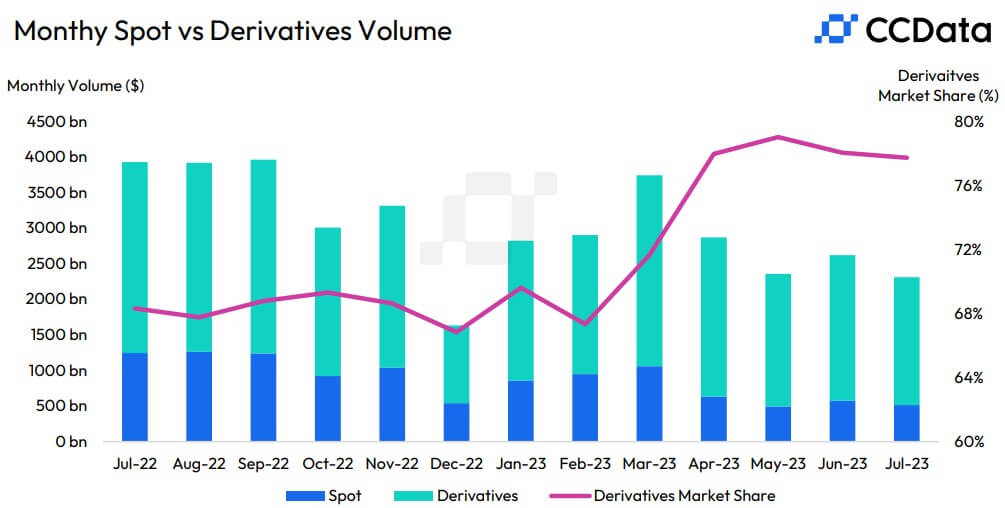Breaking traditions: Why gold prices defy 10-year Treasury yield movements

In an unprecedented twist, the correlation between the 10-year Treasury yield and gold, two key financial indicators, is diminishing. Historically, these two have moved inversely - a rising yield often signals economic optimism, making gold less attractive, and vice versa. But recent data tells a different story... Despite soaring Treasury yields indicating economic confidence, gold prices are not dipping as expected. Instead, they are reaching record highs. What global factors are driving this unexpected resilience in gold? And more importantly, how can investors navigate this new paradigm...?
Historically, gold has been viewed as a safe-haven asset, sought after during times of economic uncertainty or market volatility. Investors flock to gold as a store of value and a hedge against inflation. The demand for gold typically increases when investors lose confidence in traditional financial instruments or when geopolitical tensions escalate. Conversely, when the economy is booming and markets are performing well, the demand for gold tends to decrease.
On the other hand, the 10-year Treasury yield is a benchmark interest rate that reflects the return investors expect to receive from holding U.S. government debt over a ten-year period. It is influenced by various factors such as inflation expectations, monetary policy decisions, and economic indicators. When investors anticipate higher inflation or tighter monetary policy, they demand higher yields on Treasury bonds to compensate for the increased risk.
Traditionally, the inverse relationship between gold prices and Treasury yields can be explained by the opportunity cost of holding gold. When Treasury yields rise, investors can earn higher returns by investing in bonds rather than holding non-interest-bearing assets like gold. As a result, the demand for gold diminishes, causing its price to fall. Conversely, when Treasury yields decline, the relative attractiveness of gold increases, leading to higher demand and higher prices.
However, in recent years, this relationship has become less predictable. Despite rising Treasury yields, gold prices have remained resilient or even increased in some instances. Several factors contribute to this divergence.
Firstly, unconventional monetary policies such as quantitative easing have distorted traditional market dynamics. Central banks around the world have injected massive liquidity into the financial system, driving down yields on government bonds and other fixed-income assets. As a result, the opportunity cost of holding gold has decreased significantly, as alternative investments offer lower returns.
Secondly, the global economic landscape has become more complex and interconnected. The rise of emerging markets and their increasing influence on global growth and demand patterns have created new dynamics in the gold market. Emerging market economies, particularly China and India, are significant consumers of gold. Their demand is driven not only by investment purposes but also by cultural and religious traditions. These factors can outweigh the impact of Treasury yield movements on gold prices.
Furthermore, geopolitical uncertainties and trade tensions have played a crucial role in shaping gold prices independently of Treasury yields. In times of geopolitical turmoil or trade disputes, investors often seek the safety of gold as a store of value. This flight to safety can outweigh any impact from Treasury yield movements.
Lastly, changes in investor sentiment and market psychology can also influence gold prices independently of Treasury yields. Financial markets are driven by human emotions and perceptions of risk. If investors perceive gold as a safe-haven asset during times of uncertainty, they may continue to buy gold regardless of Treasury yield movements.
In conclusion, while the traditional inverse relationship between gold prices and 10-year Treasury yields has been a reliable indicator for many years, recent market dynamics have challenged this notion. Unconventional monetary policies, shifting global economic patterns, geopolitical uncertainties, and changes in investor sentiment have all contributed to the divergence between gold prices and Treasury yields. As a result, investors must consider multiple factors when analyzing gold prices and not rely solely on the movements of Treasury yields.






